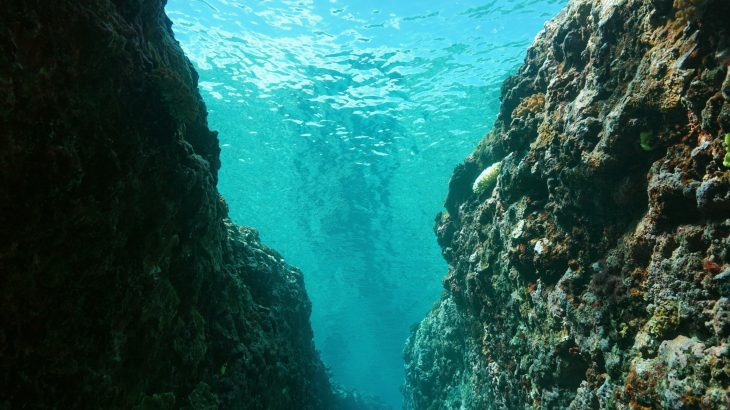“Keep a count of your activities as everything you do have an impact on the surrounding…”
In the 21st century, where we are enjoying a lot of the luxuries of life due to the great efforts of our ancestors, eventually, due to the wrong practices, we have to suffer that contributed in hazard to our environment. According to the breaking research done by Chinese scientists, a nuclear weapon test dates back to 1950 left an impact that stays unknown for over 100 years and has finally shown its symptoms in 2019.
In early times when the nuclear war was seemed to be the next world war, scientists around the world worked tremendously in developing nuclear weapons of all attributes to compete with their enemies. However, they widely neglected the impact of nuclear tests on our environment and taken for granted.
Most of the nuclear weapons contain Carbon-14, a radioactive isotope of Carbon. Its counterpart C-12 is the most occurring molecule in air and is efficiently used by the plants for its organic components preparation. Consequently, carbon enters the food chain and is then utilized by higher animals. C-14 is rarely present in the atmosphere and the little amount is due to the interaction of cosmic rays with nitrogen in the air. Since it has the radioactive properties C-14, scientists also used it in archeological or geological sample’s age determination.
During the nuclear testing era, C-14 in the atmosphere increases at its worst best in the atmosphere. However, after a decade and so the ratio of C-14 reduces. But where does it fade away?
At that time, the real concern was C-14 that gradually decreasing from the environment but how it faded wasn’t known. Recent research of different study groups on the organism in the deep oceans living at trenches shows first traces of C-14 in cooperated in their body matter. According to the disclosed data. the crustaceans living in the ocean trenches and even the Marine trenches examined and their muscle tissues showed a positive result for C-14.

The deep investigation unveils that the surface organisms quickly absorbed C-14 when from the atmosphere and later used it for the preparation of body essential components. When these surface organisms buried deep down in the sea trenches, crustaceans those live in such harsh environments under high pressure, low temperature and limited food supply, take up organic matter from this organism once found on the surface. This shows how human activities lead to the contamination of the food chain by C-14.
“Although the oceanic circulation takes hundreds of years to bring water containing C-14 to the deepest trench, the food chain achieves this much faster. There’s a very strong interaction between the surface and the bottom, in terms of biologic systems, and human activities can affect the bio-systems even down to 11,000 meters, so we need to be careful about our future behaviors,” said the authors of this new research.
Furthermore, the study shows that the crustaceans don’t intake organic matter from the sediments nearby and fully dependent on the detritus from the ocean surface that slowly stored in the ocean floor. The results got confirmed when the C-14 estimated values once compared with both surface organism and Amphipods, crustaceans. Since they survive in an indispensable environment, their metabolism and cell turnover found at a slow pace. It means that the crustaceans can store energy for a longer period and develop longevity.
Amphipods, marine crustaceans which used as a subject of study and utilizing C-14 radioactive properties, the lifestyle of crustaceans in deep ocean trenches as deep as 6 km (4 miles) in case of Hadal trench, and 11 km (7 miles) in Britain trenches.
Amphipods that live in shallow water typically live for less than two years and grow to an average length of 20 millimeters (0.8 inches). Surprisingly, the researchers found amphipods in the deep trenches that were more than 10 years old and had grown to 91 millimeters (3.6 inches) long. The study authors suspect the amphipods large size and long life are likely the byproducts of their evolution.
The researchers suggest that the contamination of the food chain by pollutants will result in long term hazards to the ecosystem. Further said “Besides the fact that material mostly comes from the surface, the age-related bioaccumulation also increases these pollutant concentrations, bringing more threats to these most remote ecosystems,”
In short, the new research has opened many revenues and brought quite significant questions under consideration. Suggestions like using C-14 as a fingerprint source to identify human activity in the deep oceans are also under analysis. But the truth is that C-14 is polluting the environment and also burying down a large species group in the ocean floor.

Rida Nayyab is a young activist and a Cricket freak. She is a Student of Bio-Chemistry and striving for a better future. Rida is also a freelance writer, social enthusiast, and love to reading, writing and exploring. She is head of the social media team of Scientia magazine.

